Top 5 Forex Brokers List in 2026 Best Picks for Low Spreads
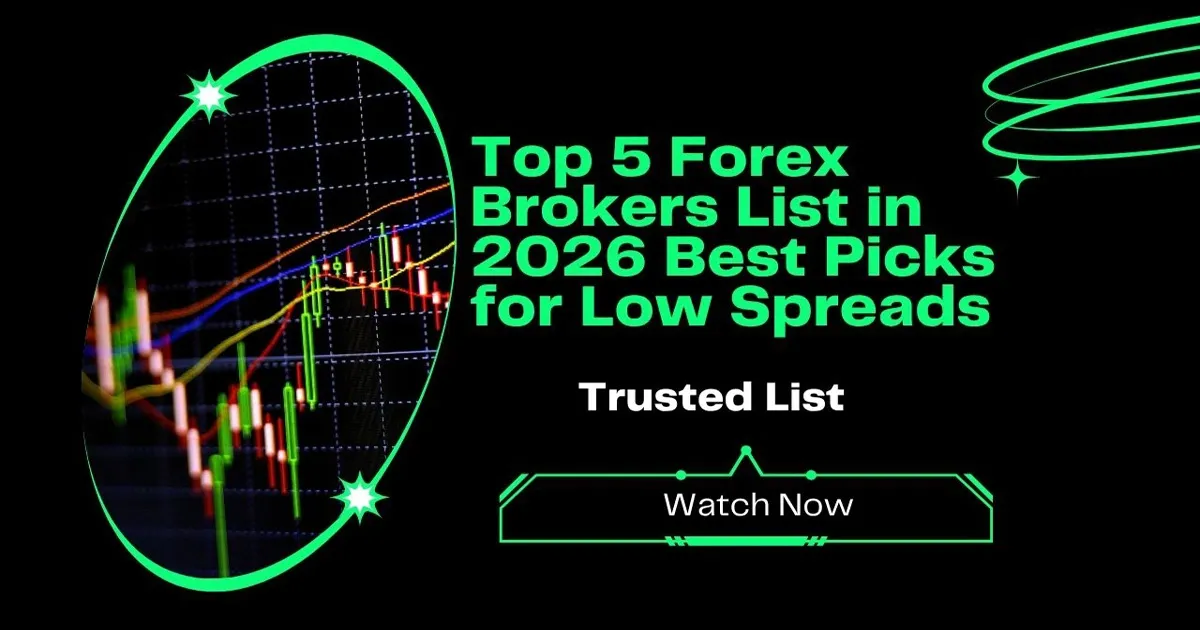
Top 5 Forex Brokers for 2026 Best Picks for Low Spreads
Ready to trade smarter in 2026? Forex is buzzing, and low spreads can be the difference between a small gain and a solid win. Every pip you save is money that stays in your account, trade after trade.
A forex broker connects you to the market, routes your orders, and gives you the tools to trade. When spreads are tight, your costs drop and your entries are cleaner. That helps beginners avoid hidden fees, and it helps pros protect thin margins on active strategies.
Online trading platforms keep getting faster and easier to use. Mobile apps, copy trading, and advanced charts are now standard, not perks. Still, low, consistent spreads, strong regulation, and reliable execution matter more than flashy features.
In this guide, you will see the top 5 forex brokers for 2026 with a focus on low spreads. The picks come from recent research, public data, and real user reviews. We looked at pricing, regulation, platform quality, funding options, and support.
If you want lower costs, clear pricing, and steady fills, you are in the right place. Keep reading to find brokers that fit your style, whether you scalp during London, swing trade majors, or run EAs on VPS. The goal is simple, cut costs, boost consistency, trade with confidence.
Why Low Spreads Matter in Forex Trading
Low spreads cut your trading costs from the first click. They help you enter closer to the real market price, which improves entries, exits, and overall returns. If you scalp or trade often, this difference adds up fast. In choppy markets, tight spreads also keep risk cleaner and slippage lower.
What Are Spreads and How Do They Impact Your Profits?
A spread is the gap between the buy price and the sell price. Think of a fruit stall at a market. The stall buys apples at one price and sells to you at a slightly higher price. That difference is the stall’s profit. In forex, that gap is your cost to open a trade.
There are two common types of spreads:
- Fixed spreads: The gap stays the same, even when the market jumps. These can be useful during news releases or thin hours, because you know your cost. The trade-off is that fixed spreads tend to be a bit higher on average.
- Variable spreads: The gap tightens when liquidity is strong and widens when it thins out. During active sessions, variable spreads can get very low, which suits frequent traders. During volatile events, they can spike.
Why low spreads matter comes down to simple math:
- Example: On EUR/USD, a $10,000 position moves about $1 per pip.
- Spread of 0.1 pip costs about $0.10 per trade.
- Spread of 1.0 pip costs about $1.00 per trade.
- If you place 500 trades in a year, that is $50 vs $500 in spread costs. Save $450 without changing your strategy.
Hidden costs can make high-spread brokers even more expensive:
- Spread markups that look tight on paper but widen during live trading.
- Inactivity, withdrawal, or conversion fees that eat into gains.
- Requotes and slippage that turn a low quoted spread into a higher all-in cost.
In 2026, markets can swing around rate cuts, CPI updates, and geopolitics. Low, stable spreads help during these shifts by keeping entries closer to fair value and lowering the cost of getting in and out quickly.
Key Features to Look for in Low-Spread Brokers
Low spreads are your starting point. The right broker will also help you keep those savings with strong execution and clean pricing. Look for the following:
- Fast execution: Sub-100 ms fills reduce slippage, which protects tight entries.
- All-in pricing clarity: Tight spreads are great, but count commissions too. Some accounts have no commissions. Others have low spreads plus a per-lot fee. Compare the total cost.
- No hidden fees: Check for inactivity, funding, and withdrawal charges. Watch out for currency conversion fees if your base currency differs.
- Regulation and safety: Choose brokers overseen by bodies like the FCA, ASIC, CySEC, or NFA/CFTC. This reduces counterparty risk and improves fund protection.
- Platform quality: Stable platforms with MT4 or MT5 support, depth of market, one-click trading, and reliable charting. A clean, intuitive interface reduces mistakes.
- Mobile trading: A high-quality app with full order control, price alerts, and real-time spread display. You should be able to manage risk on the go.
- Order types and risk tools: Guaranteed stop-loss orders, partial close, and trailing stops help protect trades during volatility.
- Leverage options with sensible limits: Access to flexible leverage is useful, but it should be paired with strong risk controls and negative balance protection.
- Transparent data: Published average spreads, not only minimums. Real-time spread monitoring on site, plus clear execution stats.
- Demo accounts: Test spreads and fills during busy sessions. Run your setup live on a demo during London and New York to see true average costs before funding.
When you focus on all-in cost, strong execution, and trust, you keep more of what you earn. Next, let’s evaluate the top brokers that deliver low spreads and consistent fills.
Top 5 Forex Brokers for Low Spreads in 2026
If you care about lower costs and clean fills, this shortlist helps. Each broker below offers tight pricing, strong oversight, and platforms you can rely on. You will see where they shine, what they cost, and who they fit best.
1. Pepperstone: Best for Scalpers with ECN Pricing
Pepperstone is built for speed. The Razor account often shows spreads from 0.0 pips on majors, with deep liquidity and fast execution that suits scalpers and EA users.
- Key costs: Spreads from 0.0 pips on Razor, low per-lot commission. Average spreads stay tight during London and New York.
- Execution: Sub-30 ms fills on supported servers, no dealing desk model.
- Regulation: ASIC oversight, plus other top-tier licenses in supported regions.
- Platforms: MT4, MT5, cTrader, TradingView. VPS support for automated trading.
- Markets: Forex, indices, commodities, shares, crypto CFDs.
- Minimum deposit: $200.
- Education and tools: Webinars, strategy guides, smart order tools, API access.
- Support: 24/7 live chat and email.
- 2026 update: Enhanced mobile trading with richer depth-of-market views and faster price alerts.
Why it stands out for cost-conscious traders:
- ECN-style pricing, rapid fills, and consistent all-in costs that protect thin-margin strategies.
2. IG: Trusted Choice for Tight Spreads and Research Tools
IG blends competitive spreads with one of the strongest research stacks around. It is a long-standing brand with a focus on stability and clear pricing.
- Key costs: Spreads from 0.6 pips on majors. Transparent all-in costs across account types.
- Regulation: FCA oversight, plus additional global licenses.
- Platforms: IG’s proprietary platform, ProRealTime, and MT4 in supported regions.
- Research and education: Free daily analysis, webinars, screeners, trade ideas, and news.
- Risk tools: Guaranteed stops, price alerts, and clear margin displays.
- Social features: Follow sentiment and popular markets, with light social trading options.
- Minimum deposit: Around $250.
- Longevity: Operating since 1974, a track record few can match.
- Beginner-friendly: Clean interface, guided onboarding, and rich help content.
Why it stands out for cost-conscious traders:
- Tight spreads paired with best-in-class research that helps you avoid guesswork.
3. Plus500: Simple Platform with Zero Commission Trades
Plus500 focuses on ease of use. The platform is clean, quick to learn, and built for traders who want simple pricing with no added commissions.
- Key costs: Spreads from 0.6 pips, zero commission on CFDs. Clear overnight and currency conversion fees.
- Regulation: CySEC supervision, with additional regional licenses.
- Platforms: Proprietary web platform and app, fast to navigate with strong uptime.
- Demo account: Risk-free demo to test markets and alerts before funding.
- Minimum deposit: No minimum in some regions. Check local terms.
- Markets: Wide CFD range across forex, indices, commodities, shares, and crypto CFDs.
- 2026 update: Smarter mobile alerts tied to volatility and trend shifts, plus cleaner fee breakdowns.
Why it stands out for cost-conscious traders:
- Straightforward pricing, alerts that keep you in the loop, and a platform you can master fast.
4. AvaTrade: Global Reach with Fixed Low Spreads
AvaTrade offers fixed spreads from 0.9 pips, which adds cost certainty in volatile periods. It suits traders who value stable pricing and a broad product set.
- Key costs: Fixed spreads from 0.9 pips on majors. No surprises during news spikes.
- Regulation: Multi-jurisdiction oversight, including the CBI in Ireland.
- Platforms: AvaTradeGO, WebTrader, MT4, MT5, and AvaOptions for advanced options strategies.
- Copy trading: Access to DupliTrade and supported social integrations.
- Minimum deposit: $100.
- Support: Strong, multilingual customer service with fast response times.
- Sustainability: Ongoing eco-friendly initiatives that align with 2026 ESG goals.
Why it stands out for cost-conscious traders:
- Fixed spreads help you forecast costs and protect entries during sharp moves.
5. eToro: Social Trading with Competitive Spreads
eToro blends forex with stocks and crypto in one place. It is a good pick if you value community insights and copy trading while keeping costs in check.
- Key costs: Spreads from 1 pip on majors. Zero-commission stocks in supported regions.
- Regulation: FCA and CySEC oversight, plus other licenses by region.
- Platforms: Proprietary web and mobile app with social feeds and watchlists.
- Social and copy trading: Mirror top traders, review stats, and manage risk per position.
- Minimum deposit: $200.
- Diversification: Forex, stocks, ETFs, indices, commodities, and crypto exposure.
- 2026 angle: Smooth crypto integration for mixed portfolios and stronger discovery tools.
Why it stands out for cost-conscious traders:
- One account for forex and long-only assets, plus copy trading to speed idea discovery.
How to Choose and Start Trading with a Low-Spread Broker
Picking a broker with tight pricing should feel simple, not risky. Keep your focus on trust, true costs, and smooth execution. Use the steps below to compare options, open your account safely, and trade in a way that actually benefits from low spreads.
Steps to Open Your Account Safely
Start with structure. A clean process prevents costly mistakes.
- Research regulation and safety
- Look for top-tier oversight like FCA, ASIC, CySEC, or NFA/CFTC.
- Verify license numbers on the regulator’s site, not just the broker’s homepage.
- Prefer segregated client funds and clear complaint procedures.
- Compare real pricing on major pairs
- Check average spreads on EUR/USD, USD/JPY, GBP/USD, and AUD/USD.
- Factor in commissions. Your all-in cost is spread plus commission.
- Review swap rates if you hold overnight. Low spreads can be offset by high swaps.
- Test with a demo during busy sessions
- Trade the London and New York overlap when liquidity is high.
- Record spreads, fills, and slippage on your exact strategy.
- If spreads on demo look tight but spike live, move on.
- Read the fine print on fees
- Look for inactivity, withdrawal, funding, and conversion fees.
- Choose a base currency that matches your deposits to avoid extra costs.
- Do a $50 test withdrawal to confirm speed and charges before scaling.
- Choose the right account type
- Standard account: No commission, slightly wider spreads. Simple and beginner-friendly.
- Pro/ECN account: Raw spreads plus a per-lot commission. Best for scalpers and high-frequency traders.
- Pick based on your trade size, frequency, and platform tools.
- Complete verification the right way
- Upload a valid ID and a proof of address that match your application.
- Use clear, uncropped photos. Names and addresses must match exactly.
- Expect extra checks if funding from a different source or country.
- Set secure logins
- Create a unique, long password. Use a password manager.
- Turn on two-factor authentication with an app. Avoid SMS if possible.
- Add an anti-phishing code and device approvals if the broker offers them.
- Fund small and smart
- Common methods: bank transfer, debit/credit cards, e-wallets.
- Compare processing times and fees. Wires are slower but solid for larger sums.
- Start with a small deposit, then scale after you test spreads and withdrawals.
- Configure your platform
- Install MT4, MT5, cTrader, or the broker’s app. Enable one-click trading and price alerts.
- Set default order sizes, stop-loss distance, and partial close options.
- If you use EAs, consider a VPS for stable uptime.
Red flags to avoid
- Vague pricing, promised returns, or pressure to deposit more.
- Bonuses that limit withdrawals.
- Unregulated entities or offshore shells with no clear oversight.
Comparison table idea for the full post Use a table to scan true costs at a glance. Keep it tight and practical.
| Metric | What to check | Where to find |
|---|---|---|
| Avg EUR/USD spread | 30-day average, not minimums | Broker pricing page, audits |
| Commission per lot | Per side or round-turn | Account type details |
| Execution speed | Median fill time, slippage stats | Broker disclosures, user tests |
| Regulator | License number, jurisdiction | Regulator database |
| Inactivity fee | Amount and timing | Terms and conditions |
| Withdrawal fee | Method, cost, and time | Funding page |
| Swap rates | Long and short, by pair | Instrument list |
Tips for Maximizing Low Spreads in Your Trades
Low spreads help when you trade with a plan. Use these habits to keep your costs low and your entries clean.
- Trade during high-liquidity hours
- Focus on London and New York overlap for the tightest pricing.
- Avoid the daily rollover window when spreads often widen.
- Be cautious near market close on Fridays.
- Avoid high-volatility news unless that is your edge
- During rate decisions, CPI, NFP, and major speeches, variable spreads can jump.
- If you trade news, use smaller size, wider stops, and accept slippage risk.
- For most traders, stand aside and wait for spreads to normalize.
- Use stop-losses and position sizing
- Risk a small slice per trade, like 0.5% to 1% of balance.
- Place stops beyond noise. ATR-based stops help avoid getting clipped by the spread.
- Do not set stops inside the average spread on your pair.
- Focus on pairs that stay tight
- Favor EUR/USD, USD/JPY, GBP/USD, and AUD/USD for cost control.
- Limit exposure to exotics that have wider spreads and thinner books.
- Diversify across a few majors to spread event risk.
- Choose the right order type
- Use limit orders for precise entries when price comes to you.
- Use market orders only when momentum matters and slippage risk is acceptable.
- Turn on one-click trading if your setup requires fast execution.
- Track your real all-in cost
- Journal the spread at entry, commission, and any slippage.
- Review after 30 to 50 trades. If your true average cost is higher than quoted, reassess.
- Watch broker updates and 2026 promos
- Look for seasonal spread reductions, tiered commission rebates, VPS credits, or reduced fees.
- Read terms. Some promos require high volume or limit withdrawals during the offer.
- Mind holding costs and funding choices
- If you hold overnight, watch swap rates. A low entry cost can be offset by expensive carries.
- Match your base currency to your funding currency to cut conversion fees.
- Start small, then scale
- Begin with smaller trade sizes and a modest account balance.
- Increase size only after the data shows stable spreads, clean fills, and smooth withdrawals.
Use these steps and habits to keep your trading lean. Tight spreads are the start, but smart execution and risk control keep more profit in your pocket.
Conclusion
Low spreads keep more profit in your pocket, trade after trade. Pepperstone shines for scalpers and EAs with ECN-style pricing. IG offers tight pricing plus top research. Plus500 keeps things simple with clean, commission-free CFD pricing. AvaTrade adds cost certainty with fixed spreads. eToro brings social and copy trading with fair costs.
Pick a broker that fits your style and risk plan. Compare real average spreads, test fills on a demo, and check all-in costs. Start small, confirm smooth withdrawals, then scale with data.
Ready to act? Sign up through the affiliate links above to lock in current offers, then run your setup during London and New York. Share your experience in the comments, what spreads are you seeing live, and which broker has treated you best.
Trade with purpose, keep costs lean, and let consistency do the heavy lifting.
Add Your Comment
Comment(0)




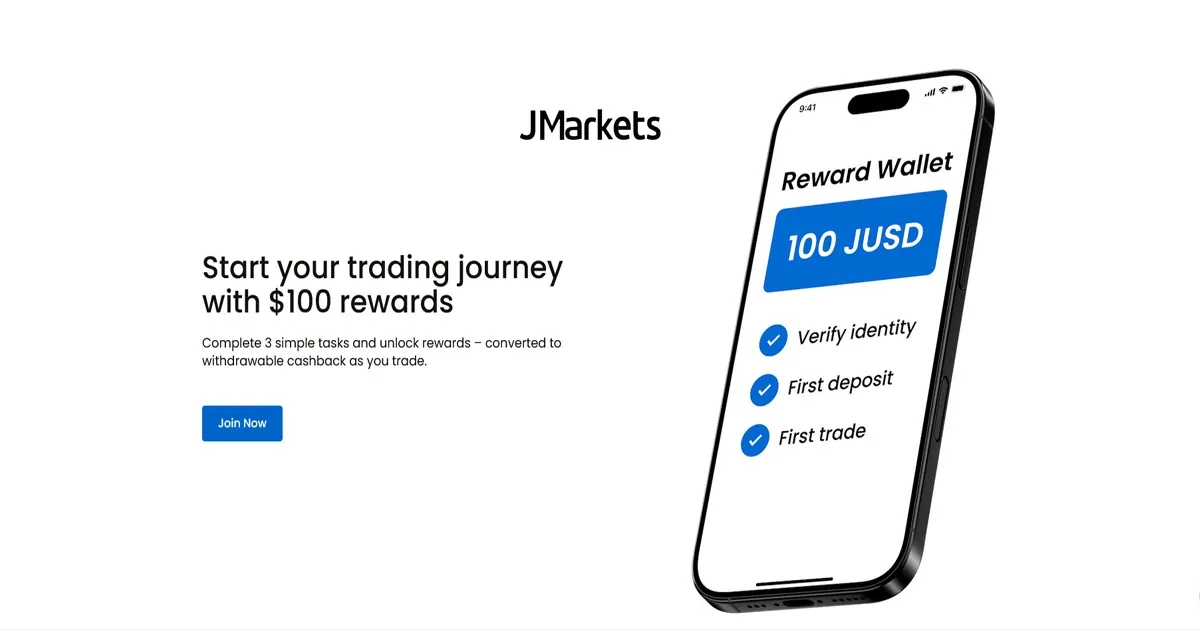






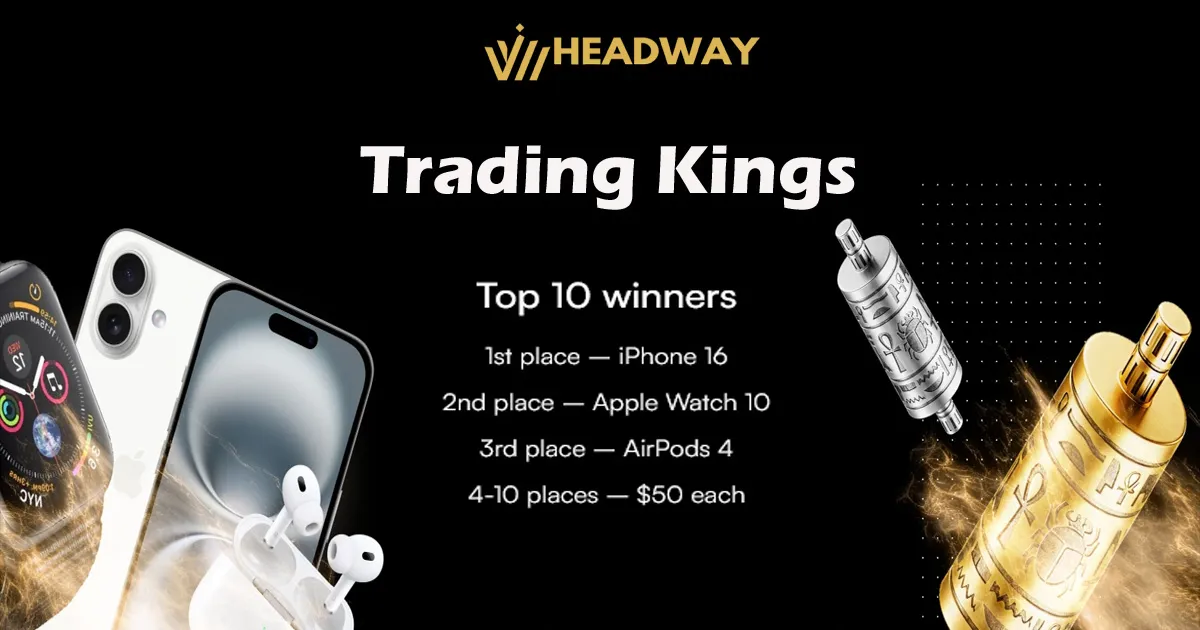

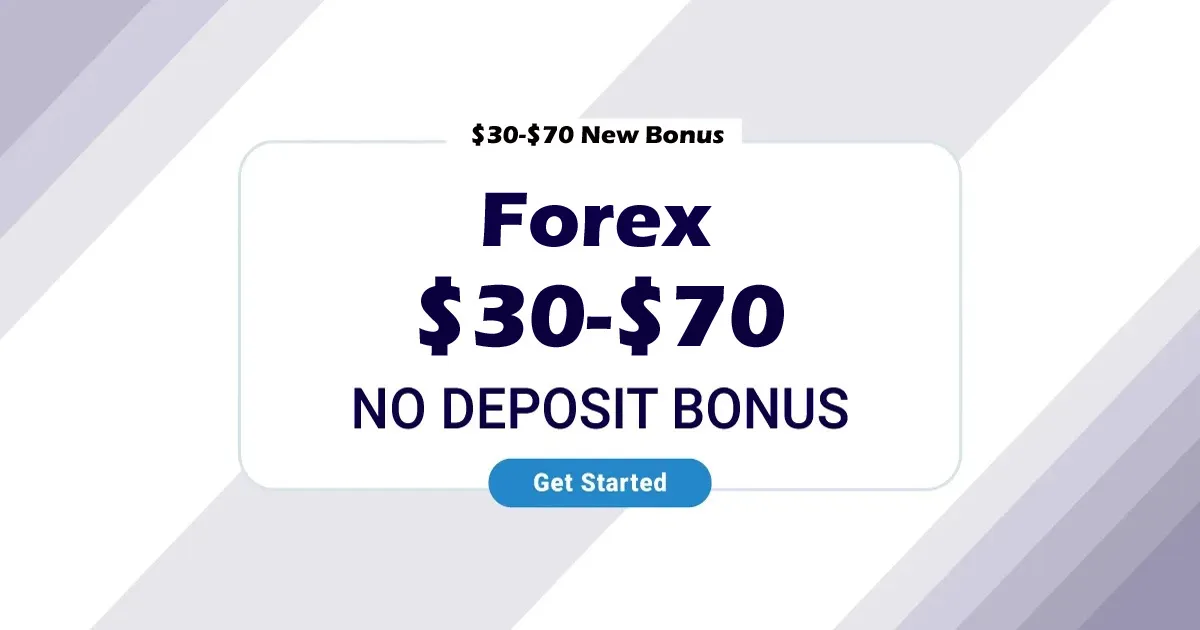


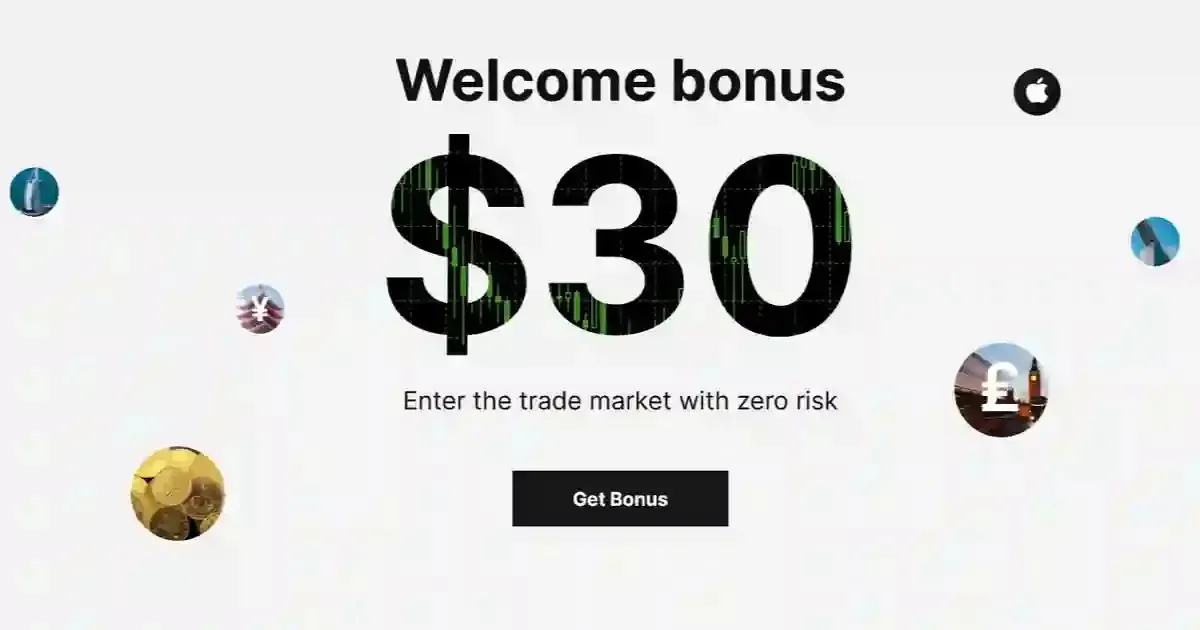






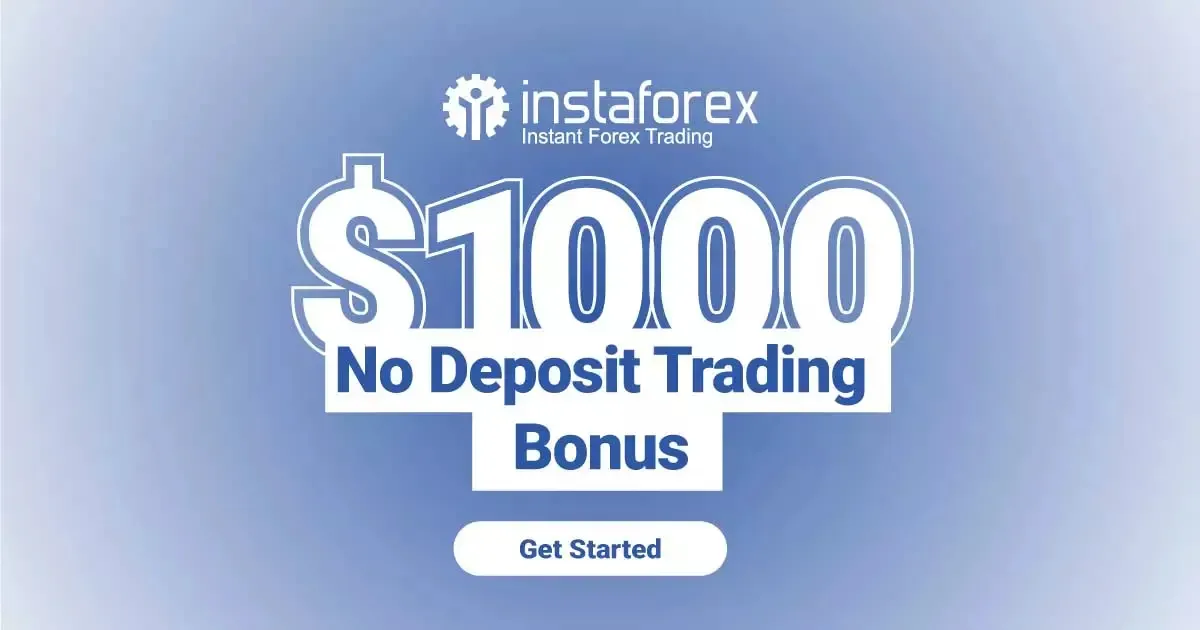













Comments (0)